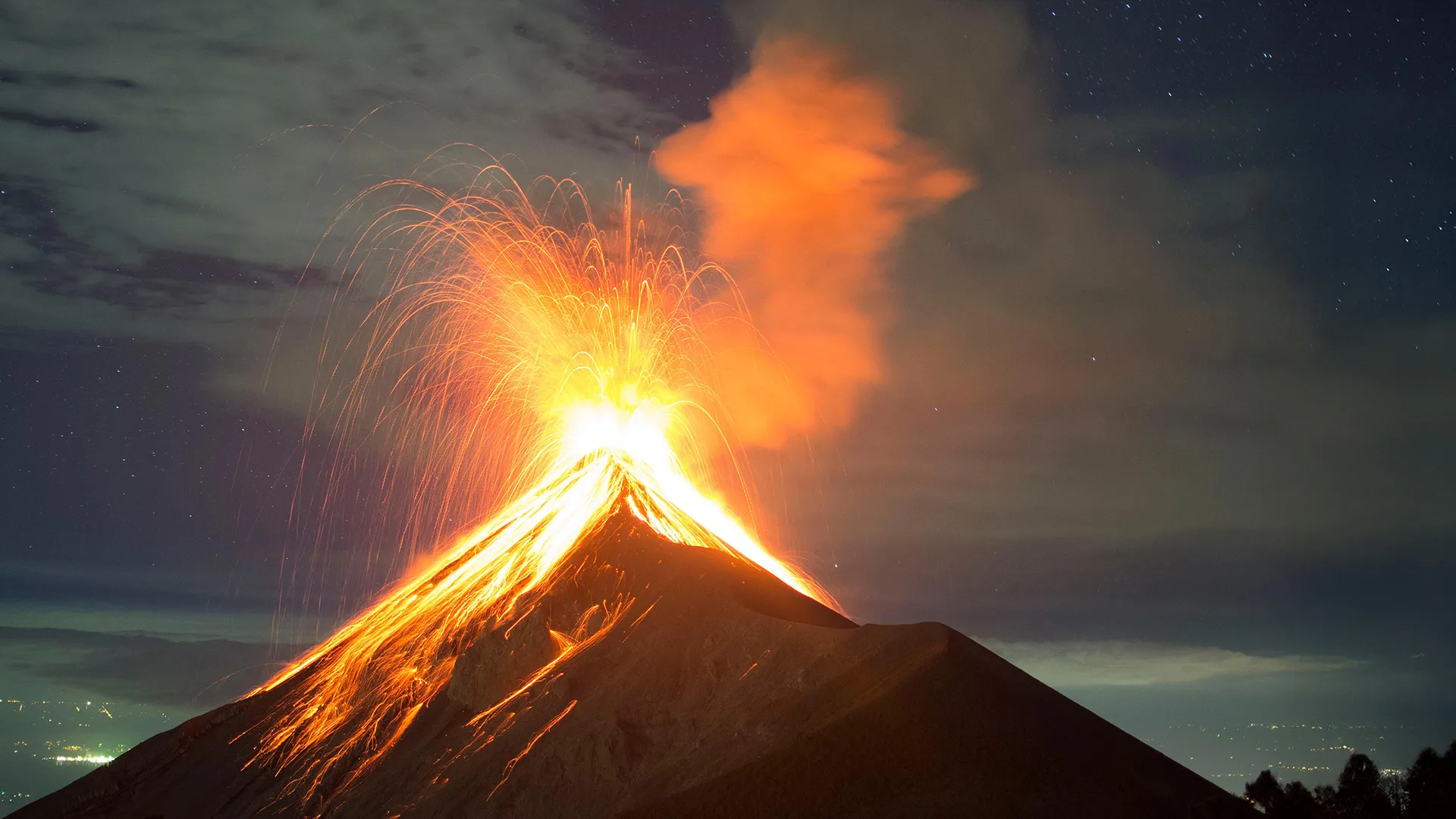Now Reading: Scientists Decode Silence of ‘Stealth’ Volcanoes Before Eruptions
-
01
Scientists Decode Silence of ‘Stealth’ Volcanoes Before Eruptions
Scientists Decode Silence of ‘Stealth’ Volcanoes Before Eruptions

Swift summary
- Stealthy Volcanoes: Some volcanoes erupt without clear warning signs, posing risks to nearby populations and air routes.
- Study Focus: Researchers at the University of Illinois studied Veniaminof, an active ice-covered volcano in Alaska known for frequent eruptions with minimal precursors.
- Findings:
– High magma flow into a small chamber increases eruption likelihood but with detectable warning signs.
– Stealthy eruptions occur when there’s low magma flow into a small chamber, especially if the reservoir rock is warm.
– temperature reduces detectable ground changes and earthquakes by weakening rock failure mechanisms.
- Proposed Solutions:
– Better monitoring tools like borehole tiltmeters, strainmeters, fiber optic sensors, infrasound devices, and gas emission analyses could improve detection rates for stealthy activity.
– Machine learning techniques hold promise for detecting subtle volcanic behavior shifts.
- The study concludes that combining real-time observations with new models can enhance forecasting and community protection.
Indian Opinion Analysis
The findings underscore a crucial gap in disaster preparedness that India must closely evaluate given its own seismic vulnerabilities and proximity to active volcanoes such as Barren Island in the Andaman Sea. By understanding the proposed predictive models’ effectiveness for stealthy eruptions like those seen at Veniaminof, India could reevaluate its current volcanic monitoring systems.
equipping remote sensing tools alongside machine learning-supported data analysis would significantly bolster India’s ability to anticipate volcanic hazards not just domestically but also regionally across South Asia. Lessons from this research further emphasize collaboration between global institutions to share innovative technology that ensures better mitigation strategies tailored to local populations near potential risk zones.
























